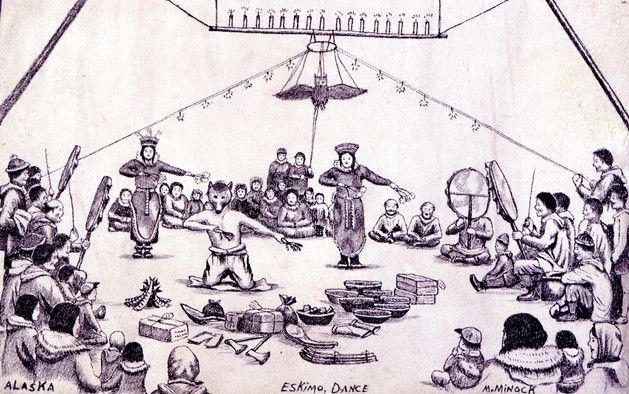Remember how I said a while back that the first movement of Quiquern was complete? Well that wasn’t the first time I’ve said that and been mistaken.
Here’s the new version:
I posted what I thought was a complete movement on a favorite forum of mine, the Young Composers Music Forum, (here’s the post). A young composer named Jarron Carlson posted a very thoughtful response:
“Thank you for sharing this (wonderfully poetic!!) music! I love your use of motifs and how creative you are with your harmonic language. Especially in the first movement, I really admire your use of more traditional harmonies how they slip into sonorities that are more modern-sounding. I do wish however, that you exposed us to more variety in texture in the first movement. I feel like most of the piece you stick to the feel of (for lack of a better word) intruding silences and pauses preceded by short melodic phrases. Maybe you were going for this feel throughout the whole movement, but I sort-of wish I got the chance to hear you develop your motivic ideas in a different kind of texture. Texture change can also be very effective for communicating different emotions to your audience (which I read was one of your goals in this piece and I feel like you’re already doing well already, with your writing as it is :)”
That critique really struck home. Quiquern has always been one of my children, and I love her dearly, but she has never been perfect. One persistent problem across the years has been a lack of diversity of sound. There are lots of lovely segments of Quiquern, but when taken together they tend to blend into something long and monochromatic (a touch of which I was going for, as I wrote the music picturing a frozen tundra, but too much can be too much). Throw in a new texture, mix in some beloved themes previously heard, and BOOM magic happens. A fire was lit! I mean shoot, I had enough material to work with!
By the way, you can check out some of Jarron’s work at his Soundcloud: https://soundcloud.com/jarron1099.
I don’t often compose quickly, but this stretch was fast. Statistically now it has been proven that I almost always very musically productive in late December. My Song-Writing Club took place in December, as have many feverish bouts of creative activity. I started the new section the evening I received the critique (Dec. 13), and completed the new section New Year’s Eve (Dec. 31). Just under 20 days to complete about seven minutes of new music; for me that’s pretty dang quick.
I took the main Quiquern theme and wove it a kind of lively folk dance, the piano strumming like a guitar, a people dancing in the firelight. The woodwinds play all sorts of little games together, chase each other across the ice. There is something festive about this music, but still somber. Just beyond the warmth of that fire is an endless frozen wilderness. It is bitterly cold out there, so cold a man’s skin can freeze off his bones, so cold you go mad. Something is lurking out there, in the distant dark. It could be a god or it could be a monster, or perhaps the wind. Right here, safe by the fire, with my family all around me, I am safe and warm. I celebrate that warmth and cherish it, while I still have it. I pray that all those who don’t have it may find it soon.
How to express a people through music… How to express all the depth of the human experience, all the moments and understandings shared among a tribe… It feels like an impossible task. But at least I feel I added another layer. I wanted these people to celebrate who they are in this music, to have a little fun, to play and wrestle and love. At the edge of the world, surrounded by danger, I wanted them to dance.
The image on this page is my an artist named Milo Minock, who meticulously documented the goings-on of the Yup’ik tribe in the 1950s and 60s. Read about his work here.

